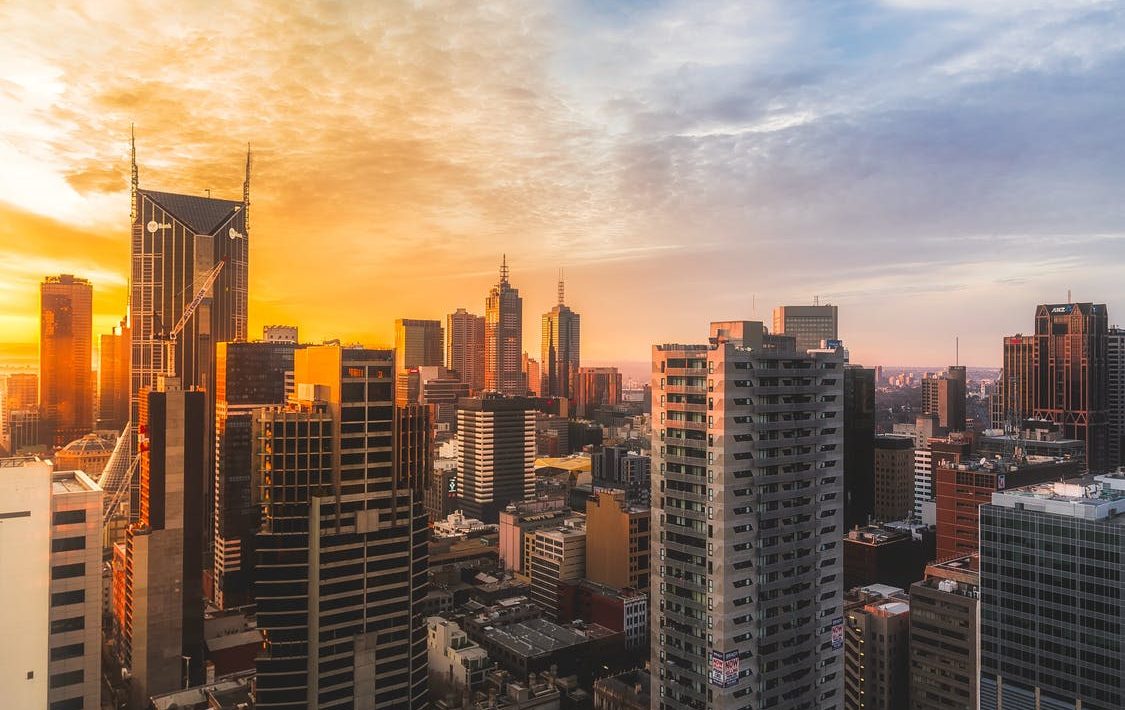We live in an era where high-rise structures are synonymous with wealth and status. A residence in a high-rise building also has a cheaper cost of ownership than an independent house and lower maintenance costs than a villa or an independent floor. A high-rise or skyscraper allows you to live closer to the sky and breathe fresher air than you would on the lower levels.
What is a High-Rise Building?
Any structure taller than 75 feet is considered a high-rise in real estate. A building taller than four stories must have two elevators, and a structure taller than seven stories must have a fire suppression system. In the event of a seismically active location or if the underlying soils have geotechnical risk factors such as high compressibility, they must also have an earthquake-resistant construction.
Buildings that are more than 75 feet or 7-10 stories are referred to be high-rises in India, and they are a viable product of our day. Many Indian metropolises have emerged as hotbeds for the construction of new high-rise structures in the last decade, with Mumbai unquestionably at the top of the list. In India, Mumbai has the highest density of high-rise skyscrapers, with almost 200 skyscrapers and 12,000 high-rise projects under construction. It is also noted for having the world’s seventh-largest number of high-rises and the most high-rises under development.
High-rise projects have a variety of benefits, including:
- More Natural Light
- Fresh Air and Ventilation
- Less Noise
- Less Congestion
- Safety and Security
- Feel of Exclusive Living
In addition, when choosing a higher level in a high-rise building over a lower floor, pricing and preferred location charges tend to reduce, lowering the overall cost of the flat. For example, a 1 BHK property on a higher floor in Dream Homes in Bhandup starts at 15.99L. However, the identical home on the ground/lower floor will incur PLC costs. Though the final pricing will not change significantly, various goods come with distinct benefits.
In India, the majority of these sky-high structures are residential. India, like all of its cities, is the world’s second-most populous country. Metropolitan areas across the country are witnessing a spike – both in cost and in-kind – due to highly inhabited cities, a surge in trade operations, commercial activity, and urban expansion. Property and land are becoming increasingly scarce and expensive, and tall buildings, rather than horizontally, offer the greatest solution for resolving such an issue by extending vertically through erected structures and hosting more people.
Constructing a high-rise typically takes 18-36 months. However, this time might vary depending on the developer’s finance, the architect, building contractor, structural consultant, and local development and environmental clearance rules. Curiously, high-rise structures have appeared in Dubai within 6-10 months.
Here are some important final year project topics for civil engineering students;
- Advanced Earthquake Resistance Technique
- Vibration control using the modified frame-shear wall
- Building analysis with soft-storey effect
- A project on confined masonry
- Energy dissipation devices for seismic design
Learn high rise building design online by clicking the link here.





